2018-12-12
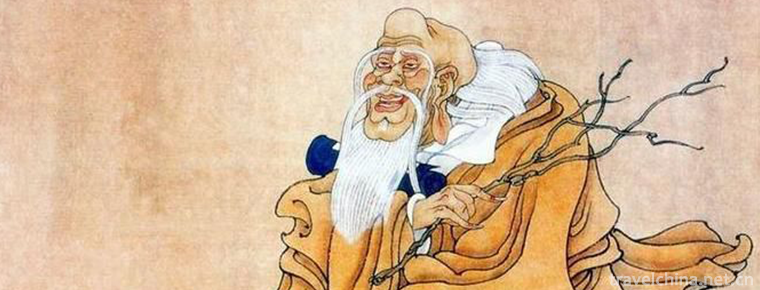
- By ChinaWiki.net
- Chinese Edition
- 2019-09-04
Laozi legend
Laozi is the incarnation of Laojun. The fifteenth day of February in the lunar calendar is a major Daoist festival. It is the "Christmas" of the emperor. Lao Tzu, the word Boyang, Ji Yuejie, Chu people in the Spring and Autumn Period, was the history of the Zhou Dynasty's Tibet Room. The doctrine of "inaction" was regarded as the ancestor of Taoism by later generations. Confucius tasted reciprocal courtesy and wrote more than 5,000 words of Tao Te Jing.
On November 11, 2014, Laozi Legend was approved by the State Council to be included in the fourth batch of national intangible cultural heritage list.
Legend of characters
Legend has it that at the end of the Spring and Autumn Period, Lao Tzu came from Luoyang to Hanguguan on a green ox. Yin Xi, a guardian official in Hangu, likes Taoism and has some roots in it. Before Lao Tzu came, Yin Xiguan stargazed at the stars and looked forward to the air. He saw a purple gas coming from the east, so he deduced that there must be real people coming. When Lao Tzu passed the Customs by riding a cow, Yin Xi decided that Lao Tzu was the real man. This is the story of "purple air coming east". Later generations expressed auspiciousness by "purple air coming east".
When Lao Tzu lived in hsuguan pass, he saw Yin Xi's kindness and kindness and pure temperament. He took the essence and wrote a book for Yin Xi, titled Tao Te Ching. After the Tao Te Jing was written, Lao Tzu said to Yin Xidao, "The Tao Te Jing, taught by Lao Fu, is divided into two parts, the first part is Tao Jing, which talks about the fundamentality of the universe, contains the opportunity of the change of heaven and earth, and contains the secret of the fulfillment of gods and ghosts; the second part is De Jing, which talks about the ways of dealing with the world, contains the skills of advancing and retreating personnel, and contains the way of long-term vision. More than study, hard work, and ultimately success!
In many Taoist temples of the Three Qing Dynasty, worship the Yuqing Yuan Shitianzhong, the Shangqing Lingbao Tianzun and the Taiqing Moral Tianzun, among which the statue of the Taishang Laojun occupies the right place of the Yuan Shitianzhong, holds the Pufan, and lives in the Taiqing fairyland in Daluo Heaven, which is one of the "Taoist supreme gods of the Three Qingtianzhong".
Guoyang's Legend of Lao Tzu is divided into two parts. The first part describes the growth process of Lao Tzu from childhood to old age. The second part is about the legend of Lao Tzu and Tianjing Palace. With strong mythological color and friendly local oral narration, Lao Tzu's legendary life is described. These beautiful stories reflect the deep cultural accumulation of Guoyang, inherit Lao Tzu's thought, and also prove the historical origin of Lao Tzu's birthplace from another aspect. The Legend of Lao Tzu has been handed down from generation to generation in Guoyang, mostly using local spoken language. Its language is popular and beautiful, and it has high literary research value. Collecting, excavating and protecting these folktales play a very important role in verifying Lao Tzu's birthplace, promoting Taoist culture and inheriting Lao Tzu's thoughts.
Selected non Heritage
The State Council of China promulgated the fourth batch of national intangible cultural heritage representative project directory and national intangible cultural heritage representative project directory expansion project directory. Laozi Legend, sponsored by Guoyang County of Anhui Province and Lingbao City of Henan Province, was listed on the list.
Character review
Lao Tzu called Lao Jun Taiqing moral heavenly respect because he passed down Taoist classic "Tao Te Jing", and was also regarded as Taoist ancestor by Taoism.
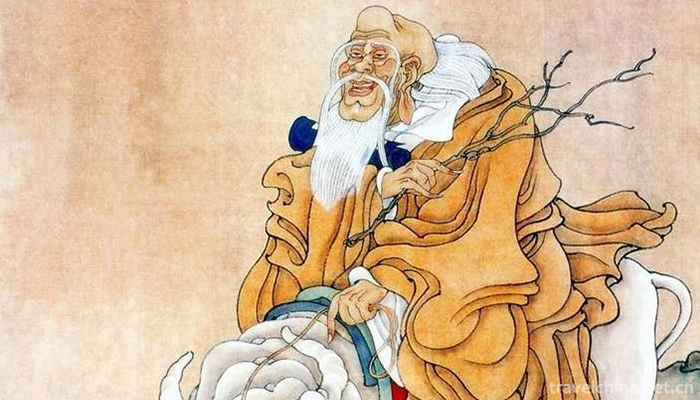
Ask a Question
Your email address will not be published.
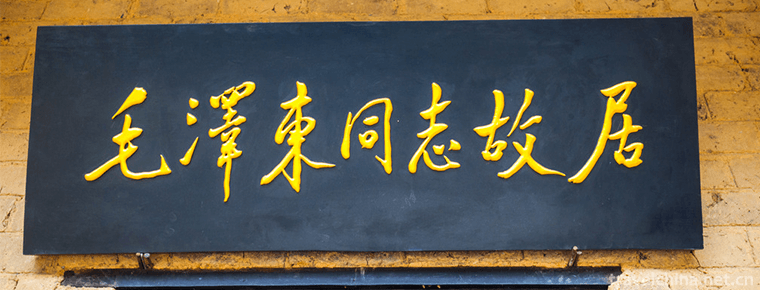
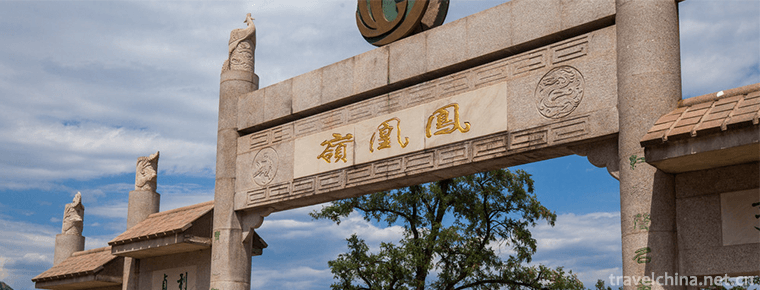
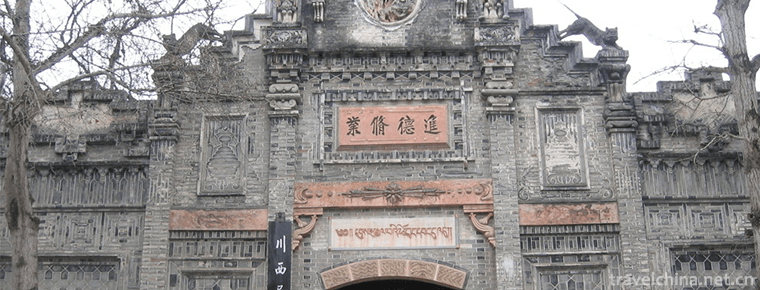
0 Questions